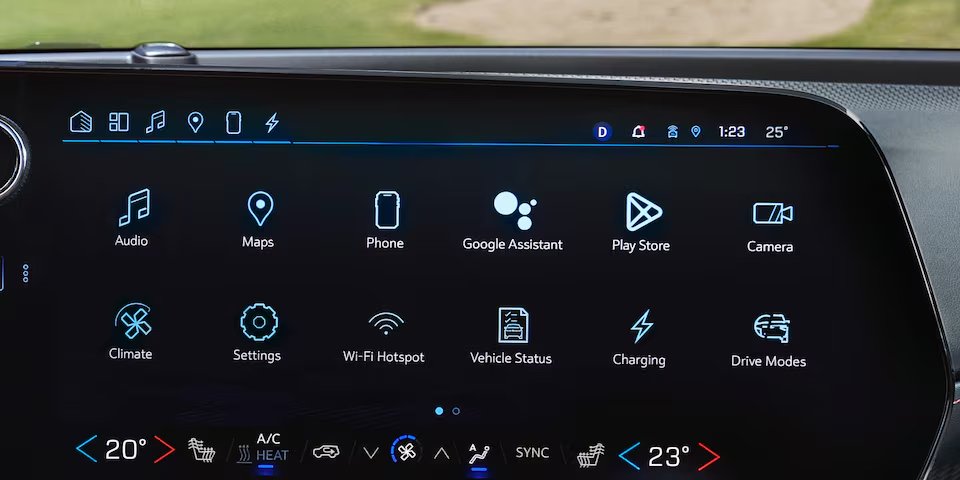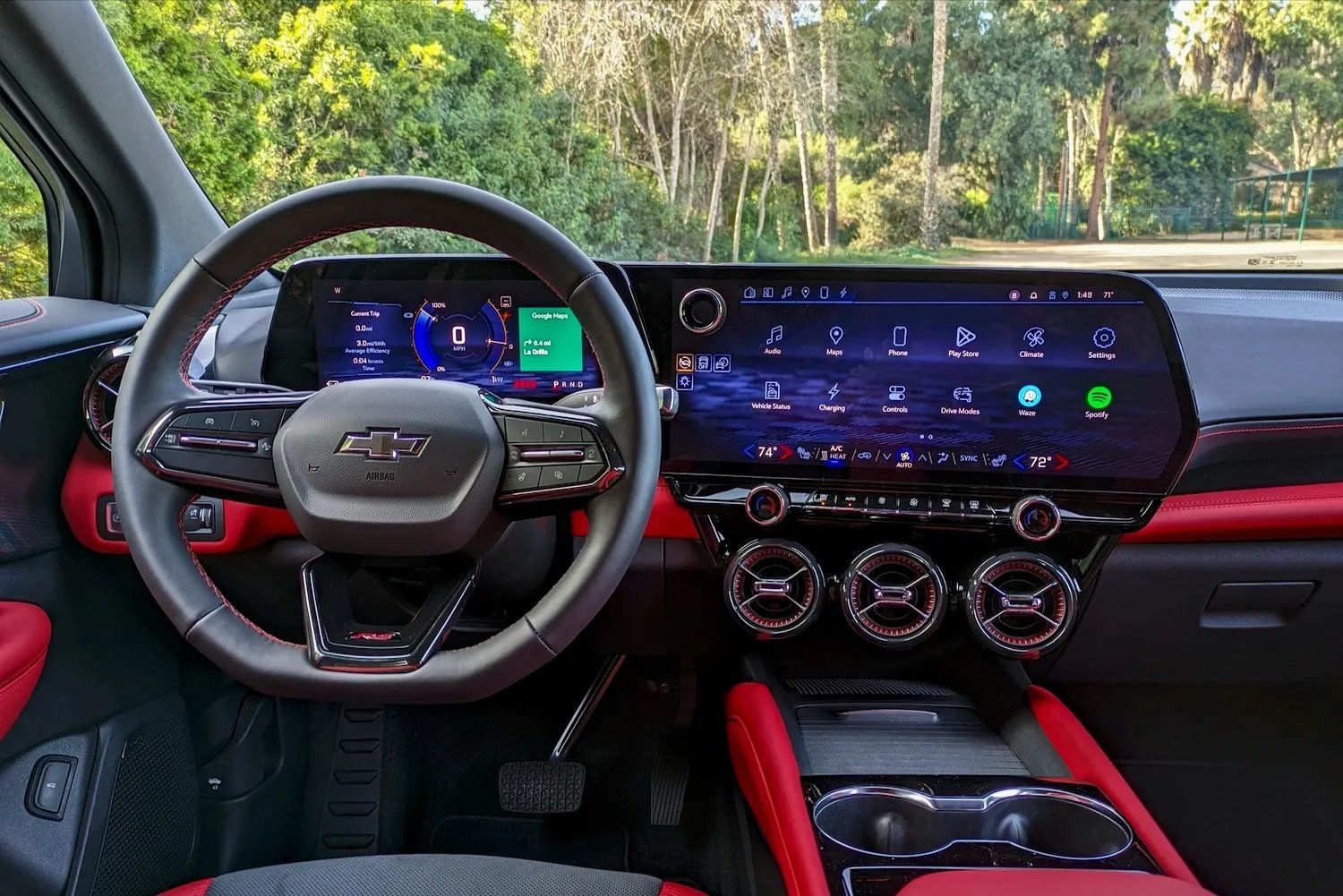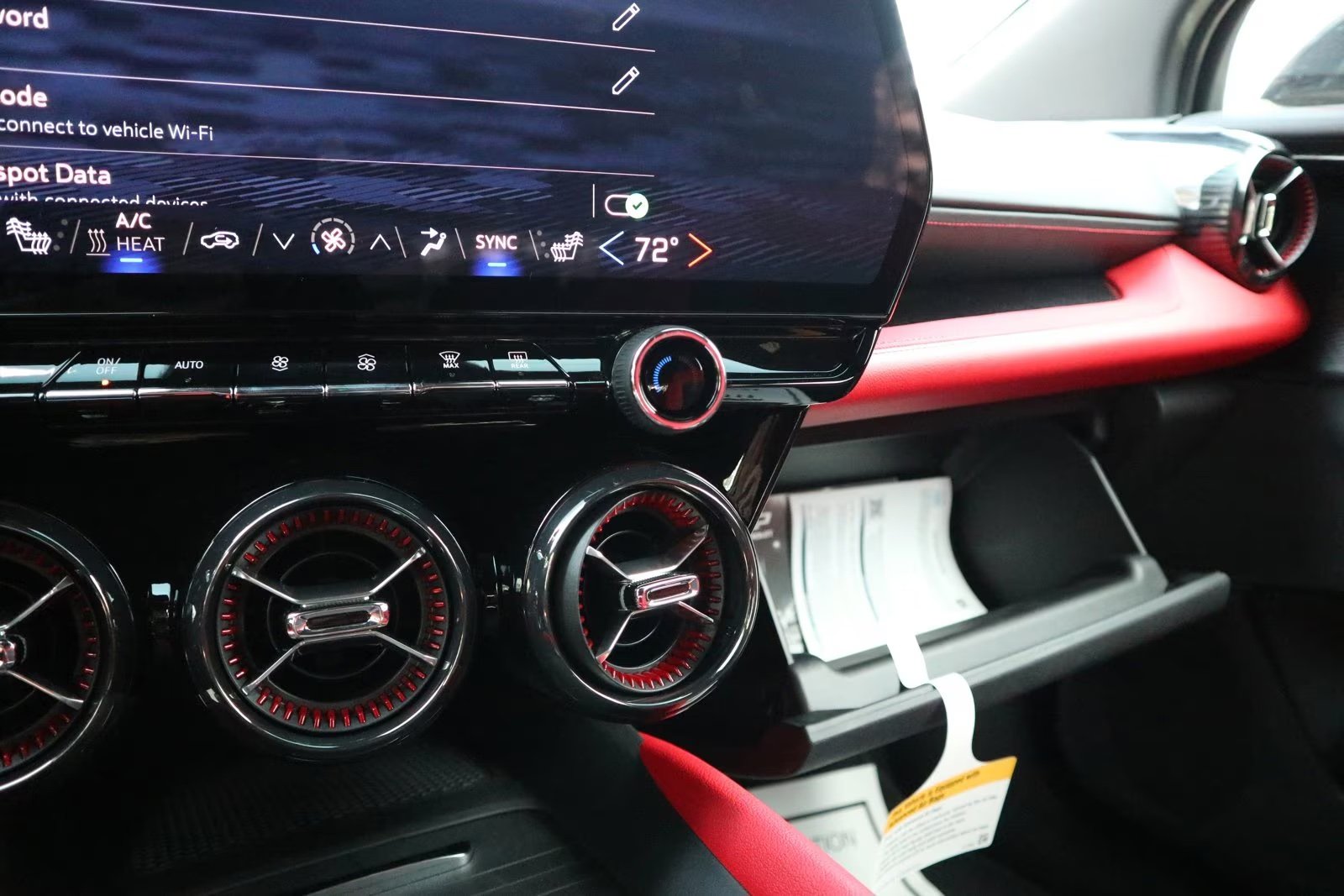How might we design an exceptional Chevy Climate Control User Interface that delivers a seamless, intuitive user experience and scales effectively across diverse vehicle programs worldwide?
Overview
The primary challenge of this project was to design a Chevy climate control experience that was both simple and intuitive, allowing users to stay focused on driving. The design needed to scale seamlessly across a range of vehicle programs, including sedans, SUVs, and trucks, while accommodating diverse in-vehicle hardware configurations, such as single-zone and dual-zone climate controls.
Role
Product Designer
Skillset
UX Designer, UI Design, Prototyping, & Usability
Process
1. Inspiration: Understanding the Context
We began by gathering insights through user research, competitive benchmarking, and global market analysis to understand what Chevy drivers value most in climate control systems. By reviewing Chevy’s strong heritage of design, we documented established mental models to guide our approach. This is not a space where we aim to reinvent the wheel. Instead, we focused on leveraging familiar signifiers and affordances, such as color and icons, to strengthen the design and ensure user intuitiveness. Collaboration with vehicle architects and engineers further helped us uncover technical constraints and opportunities across diverse hardware configurations.
Tools: UserTesting.com, Miro, Competitive Analysis Frameworks
2. Define: Framing the Challenge
Using the insights, I defined key user goals and mapped behavioral patterns specific to Chevy drivers. Special attention was given to new features, such as ventilated seats and vent controls, to ensure they seamlessly aligned with and enhanced user behaviors. I crafted user stories to reflect a range of scenarios, from single-zone systems in compact cars to multi-zone systems in SUVs and trucks. These foundational definitions ensured the interface would be both scalable and intuitive, delivering a consistent experience across all vehicle types.
Tools: Miro, FigJam, Persona Creation Tools
3. Ideation: Generating Solutions
I took the lead in facilitating concepting activities, organizing and guiding the team through brainstorming sessions to explore a wide range of solutions. I structured the process to ensure a thoughtful exploration of interaction modes, such as touch-based controls, physical dials, and voice commands, while keeping scalability at the forefront. By fostering collaboration and prioritizing a user-centered approach, I ensured the team developed designs that could seamlessly adapt to diverse hardware layouts while maintaining a cohesive Chevy brand experience.
Tools: FigJam, Figma, Axure, Idea Generation Methods (i.e. Crazy Eights, Affinity Diagramming, Mind Mapping)
4. Synthesis: Refining Concepts
We synthesized the best ideas into cohesive designs, ensuring they addressed the dual needs for seamless usability and scalability. Special attention was given to maintaining a consistent visual language that resonated with Chevy’s global audience while providing localized functionality where needed.
Tools: FigJam, Figma, Idea Refinement Methods (i.e. Dot Voting, Storyboarding)
5. Prototyping: Rapidly Visualizing Ideas
Interactive prototypes were created to test how the climate control interface would function across different vehicle programs. Prototypes were created in Figma to capture a variety of interaction scenarios, such as adjusting settings on touchscreens, interacting with physical controls, and voice-activated commands. These prototypes help us convey our thoughts to our stakeholders as well as to users in usability testing.
Tools: Figma, Axure, Sketch
6. Testing: Validating with Users
We conducted usability tests with diverse user groups from Chevy’s key markets to identify interaction flaws and pain points. Simulations included both static and dynamic driving conditions to ensure the interface supported safe, intuitive adjustments while driving.
Tools: UserTesting.com, Figma, Axure, Driving Simulator, Eye Tracking Study, A/B Testing, Wizard of OZ Testing, First-Click Testing, Hot Spot Evaluations, Heuristic Evaluation
7. Iteration: Polishing the Design
Based on user feedback, we refined the design to address pain points, enhance clarity, and improve responsiveness. This iterative process balanced simplicity and functionality, ensuring that the final interface provided a seamless and satisfying experience.
Tools: FigJam, Figma, Axure
8. Handoff: Transitioning to Development
The final designs were delivered to the software team with detailed specifications, interaction guidelines, and design assets. I facilitated discussions to ensure the design intent translated effectively into development.
Tools: Jira, Figma, Teams, Slack
9. Implementation Support: Ensuring Design Integrity
Throughout development, I worked closely with engineers to address challenges and maintain the integrity of the design. I provided detailed feedback during testing phases to ensure the interface functioned as intended.
Tools: Jira, Figma, Teams, Slack
10. Execution: Delivering a Global Solution
The climate control interface launched successfully, delivering an intuitive, seamless experience across Chevy’s global vehicle lineup. Its adaptability ensured a consistent brand feel while meeting the specific needs of users worldwide.












